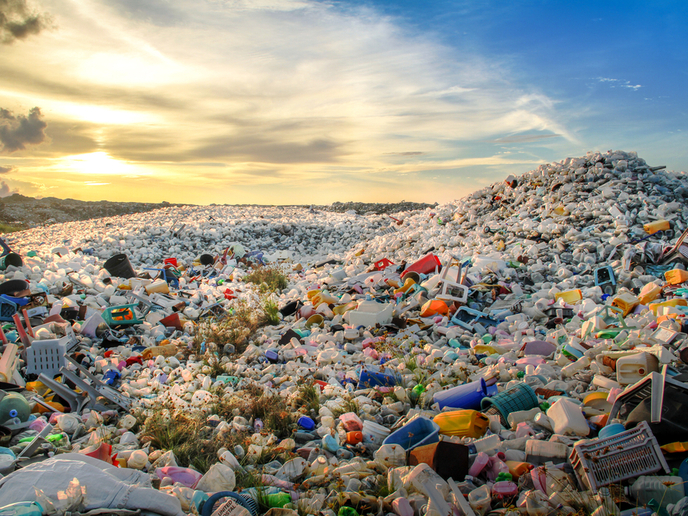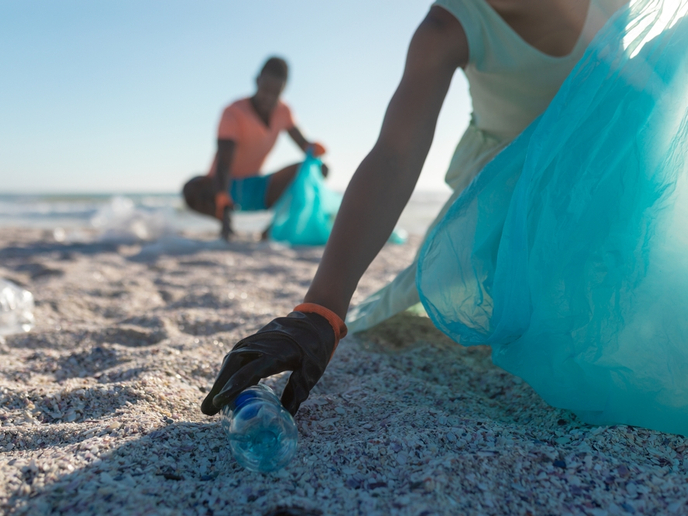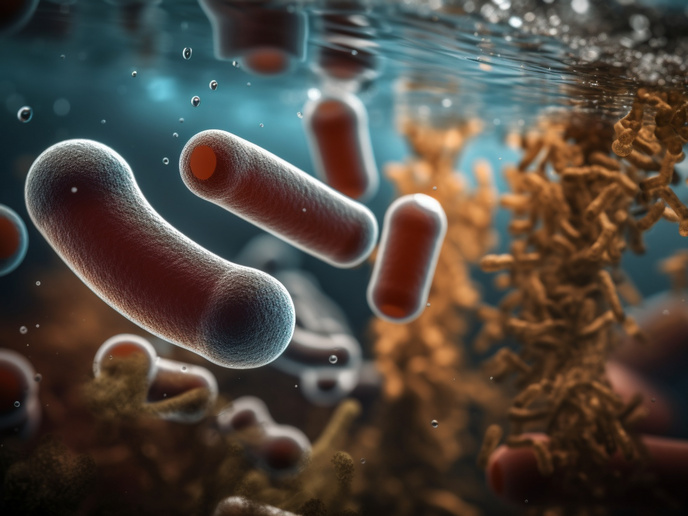Unique bacteria can help reconcile plastics with nature
Many believe synthetic biology will be at the heart of the next technological revolution. Behind the oxymoron hides the design and construction of new, standardised biological parts and devices for various uses – one of which being a new generation of environment-friendly plastics. But as good as it sounds, this new bioplastics production era won’t solve the problem of their oil-based counterparts already discharged in nature. For those, members of the P4SB (From Plastic waste to Plastic value using Pseudomonas putida Synthetic Biology) consortium have a specific plan: a bioconversion of oil-based plastics into fully biodegradable ones, using deeply engineered, whole-cell bacterial catalysts derived from a bacterium known as Pseudomonas putida. The depolymerisation of PET “People like to think that plastics in nature will eventually be consumed by microbes, thereby ‘dissolving’ the environmental plastic crisis itself. But this will not happen overnight, as the rate of degradation in the environment is very, very slow,” warns Dr Lars Blank, coordinator of P4SB on behalf of RWTH Aachen. “Using synthetic biology, however, we can create enzymes capable of degrading plastic and microbes using monomers as a carbon source. Our partner UFZ has identified such microbes, which can grow on the diamides originating from the isocyanates of digested polyurethane (PU, from your foam mattress or running shoe). This is really fascinating, as these molecules are known to be highly toxic.” The consortium investigated several monomers constituting polyethylene terephthalate (PET, the material of your plastic water bottle) and PU, and showed that they could both be used to feed the microbes and produce a biodegradable plastic: polyhydroxyalkanoates (PHA) – a bio-polyester. In other words, the project has successfully led to the depolymerisation of PET and to some bonds in PU, and the subsequent production of PHA from resulting single monomers. “Currently the microbes perform best with PET, with which double digit grams per litre can be digested in 100 hours. We can use PET flakes, degrade them with enzymes, feed microbes for growth and bioplastic production, and formulate that plastic into an end-user product. The technique works to some extent with PU too, and in the future all plastics with ester bonds should be a realistic target,” says Dr Blank. Carbon-carbon bonds, however, have not yet been investigated. Advancing towards full-scale rollout P4SB technology is now somewhere between TRL 3 and 5, according to Dr Blank. Many aspects of the conversion process still need improvements, and its energy efficiency has yet to be evaluated. While it is expected to be energy-intensive compared to current market workflows, Dr Blank points out that, in a future where all energy will potentially be produced free of CO2 emissions, this will not be a concern. P4SB is set for completion in March 2019. After that, consortium members plan to keep developing their degrading enzymes, with for example potential applications in the textile industry. They are also in the process of answering a new H2020 call on the issue of mixed plastics waste. Meanwhile, the use of PET as a carbon source for the bio-polyester PHA is already in testing, and the consortium sees many opportunities ahead, including contributions to environment-friendly plastic production with the likes of mulch foils made of PHA. Science-fiction enthusiasts who’ve read the novel ‘Mutant 59: The Plastic Eater’ where plastic-eating bacteria wreak havoc in the world can rest assured, too: “All catalytic steps are contained, so there is no possibility of this novel coming true,” Dr Blank jokingly concludes.
Keywords
P4SB, bacteria, biodegradable, PHA, PU, PET, microbe, depolymerisation







